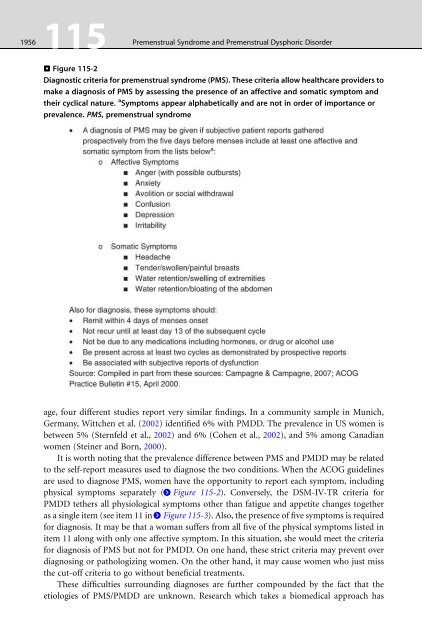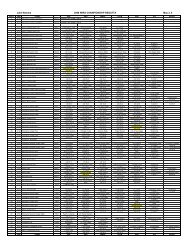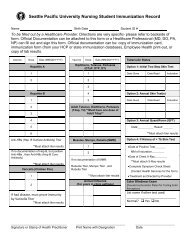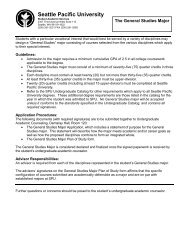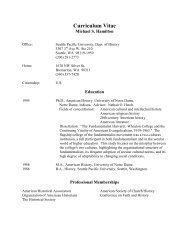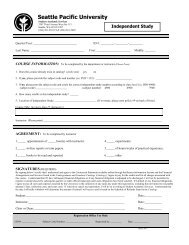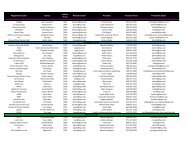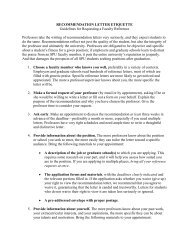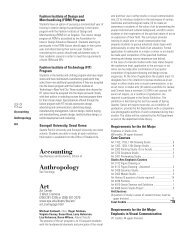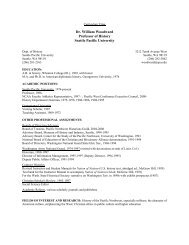115 Premenstrual Syndrome and Premenstrual Dysphoric Disorder ...
115 Premenstrual Syndrome and Premenstrual Dysphoric Disorder ...
115 Premenstrual Syndrome and Premenstrual Dysphoric Disorder ...
Create successful ePaper yourself
Turn your PDF publications into a flip-book with our unique Google optimized e-Paper software.
1956<br />
<strong>115</strong><br />
<strong>Premenstrual</strong><br />
<strong>Syndrome</strong> <strong>and</strong> <strong>Premenstrual</strong> <strong>Dysphoric</strong> <strong>Disorder</strong><br />
. Figure <strong>115</strong>-2<br />
Diagnostic criteria for premenstrual syndrome (PMS). These criteria allow healthcare providers to<br />
make a diagnosis of PMS by assessing the presence of an affective <strong>and</strong> somatic symptom <strong>and</strong><br />
their cyclical nature. a Symptoms appear alphabetically <strong>and</strong> are not in order of importance or<br />
prevalence. PMS, premenstrual syndrome<br />
age, four different studies report very similar findings. In a community sample in Munich,<br />
Germany, Wittchen et al. (2002) identified 6% with PMDD. The prevalence in US women is<br />
between 5% (Sternfeld et al., 2002) <strong>and</strong> 6% (Cohen et al., 2002), <strong>and</strong> 5% among Canadian<br />
women (Steiner <strong>and</strong> Born, 2000).<br />
It is worth noting that the prevalence difference between PMS <strong>and</strong> PMDD may be related<br />
to the self-report measures used to diagnose the two conditions. When the ACOG guidelines<br />
are used to diagnose PMS, women have the opportunity to report each symptom, including<br />
physical symptoms separately (> Figure <strong>115</strong>-2). Conversely, the DSM-IV-TR criteria for<br />
PMDD tethers all physiological symptoms other than fatigue <strong>and</strong> appetite changes together<br />
as a single item (see item 11 in > Figure <strong>115</strong>-3). Also, the presence of five symptoms is required<br />
for diagnosis. It may be that a woman suffers from all five of the physical symptoms listed in<br />
item 11 along with only one affective symptom. In this situation, she would meet the criteria<br />
for diagnosis of PMS but not for PMDD. On one h<strong>and</strong>, these strict criteria may prevent over<br />
diagnosing or pathologizing women. On the other h<strong>and</strong>, it may cause women who just miss<br />
the cut-off criteria to go without beneficial treatments.<br />
These difficulties surrounding diagnoses are further compounded by the fact that the<br />
etiologies of PMS/PMDD are unknown. Research which takes a biomedical approach has


